What is a Reactive Dog?
There are two types of reactivity in dogs. One type of reactivity resonates from fear and the other, a barrier frustration.
When a dog is showing reactive behaviors based on trying to get through, over, or past something, it’s called barrier frustration. On the other hand, when a dog shows signs of trying to get away and becomes reactive through pulling, whining, and barking, it resonates with fear.
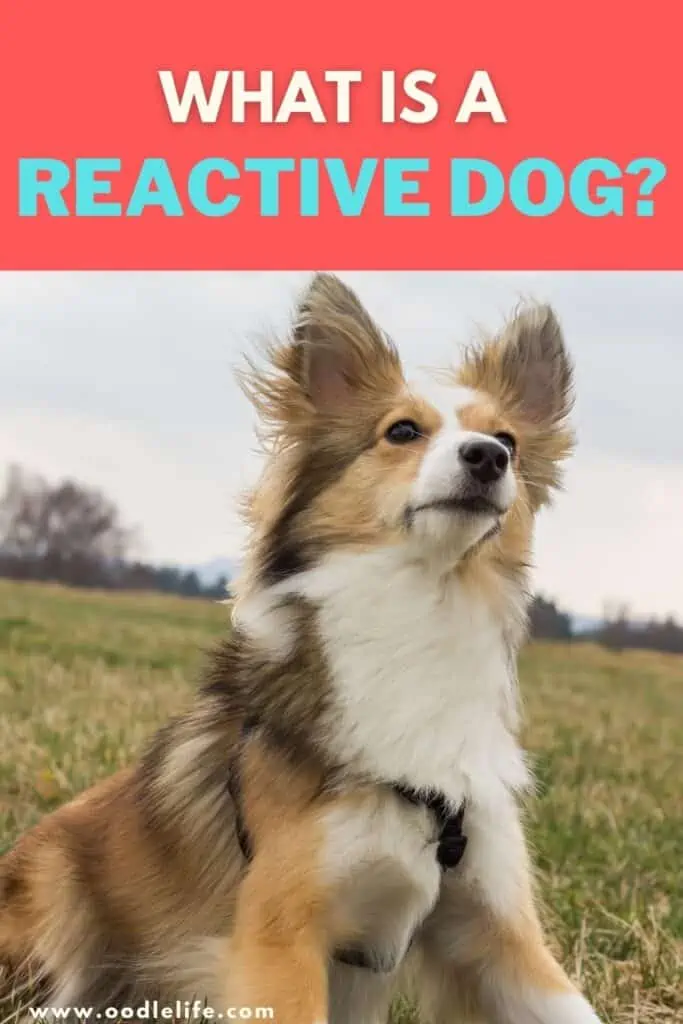
Both reactivity problems resemble similar signs. However, the cause behind the reactive behavior is different.
If reactive dogs do not get specific training to help manage control, reactivity can turn into aggression. With patience, understanding, and proper training and guidance, reactivity can be reduced.
As a dog expert, I get asked all the time about reactive dogs. Of all breeds! You are not alone in your struggle. In this article we cover
- Reactive vs aggresive dogs
- Signs of a reactive dog
- Causes of a reactive dog
- How to manage and desensitize a reactive dog
Reactive vs Aggressive
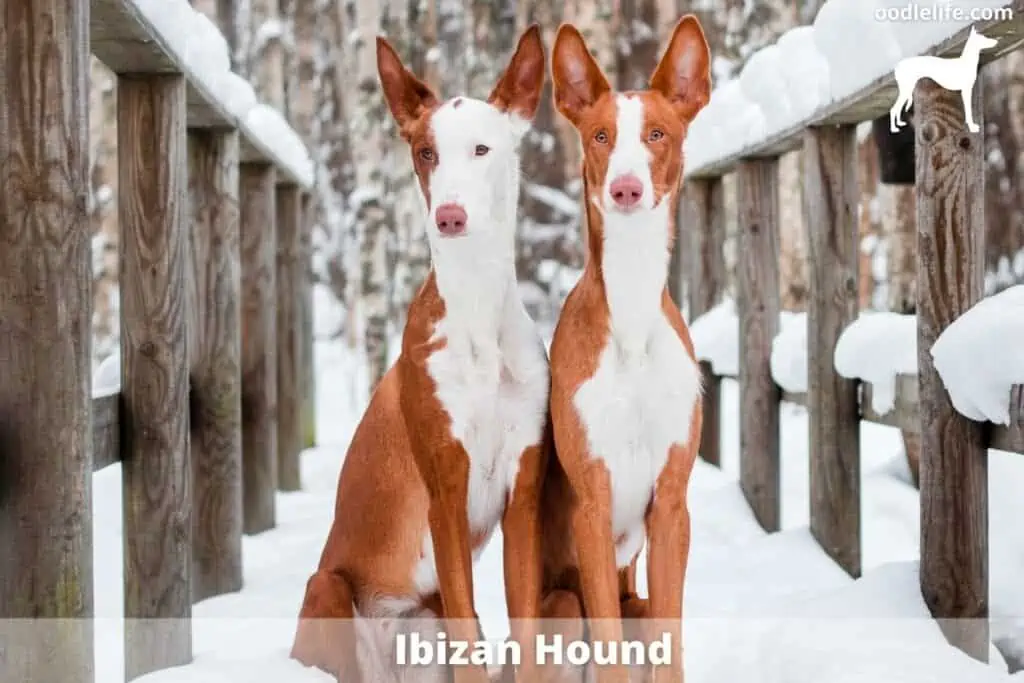
Canine aggression looks like hostile and destructive behaviors towards objects, people, and other dogs.
Reactivity is when your canine is too overwhelmed or overstimulated by its surroundings and lacks socialization and self-control.
Many people can become confused about whether their dog is being aggressive or reactive because both behaviors show similar signs of depleted control.
Here’s what an aggressive dog will do:
- At first sight of another dog: snarling, growling, getting ready to fight, hunched shoulders and back
- Biting any stranger or person without warning
- Extremely rough play (looks as if they compete to win, rather than roughhouse)
- Lunging without warning
- A non-friendly attitude towards people and dogs
Here’s what reactive dogs do:
- Always growl, bark, snarl, or use warning signs upon approaching their threshold
- Only responsive to owner
- Pacing, digging, or anxiously trying to get to or away from or at something.
- Guards their favorite toys and food
- Jumps or becomes overly excited around new people, dogs, or specific items such as a leash or treats
Perhaps the main difference between an aggressive dog and a reactive dog is the cause behind the problem itself.
An aggressive dog will seem threatening without warning, whereas a reactive dog will show triggers before showing aggressive behavior.
What Are the Signs of a Reactive Dog?
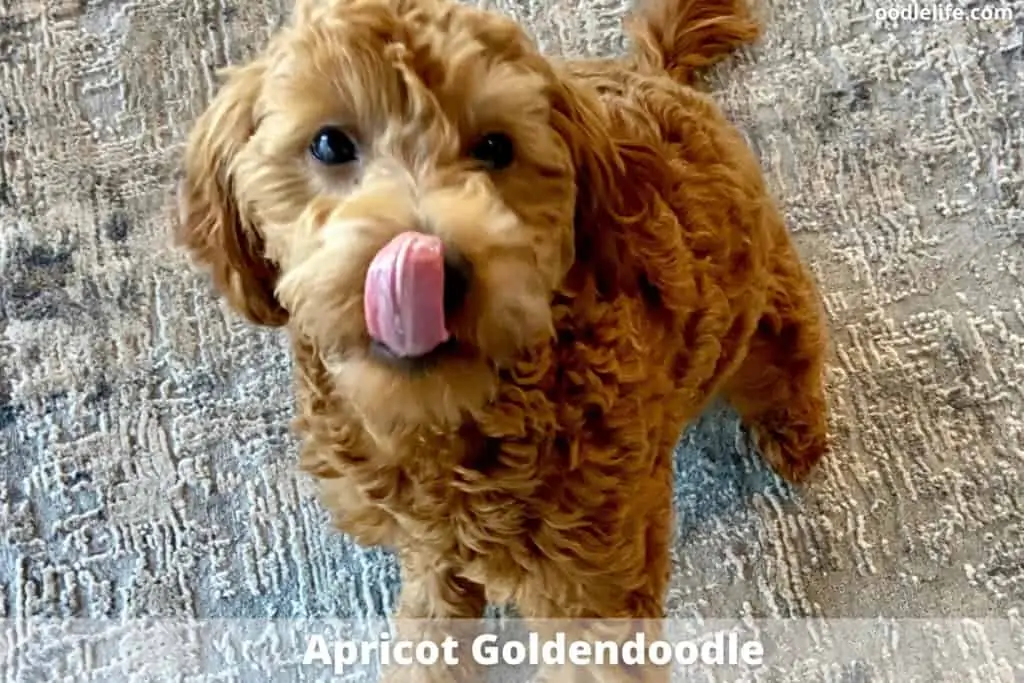
Many signs of a reactive dog look like aggression, such as excessive barking, snarling, growling, and lunging. Depending on the type of reactivity your dog is reacting to, there are clear signs such as:
Fear-related reactivity:
- Hiding
- Looking away
- Shaking
- Tail between the legs
- Uncontrollable urination
- Tense
Barrier-related reactivity:
- Aggressive stare
- Growling while pushing back
- Jumping or lunging (as if trying to get the leash or another object or dog)
- Excessive scratching or hiding objects
- Pacing
- Excessive barking
- Barred teeth
What Causes a Dog to be Reactive?
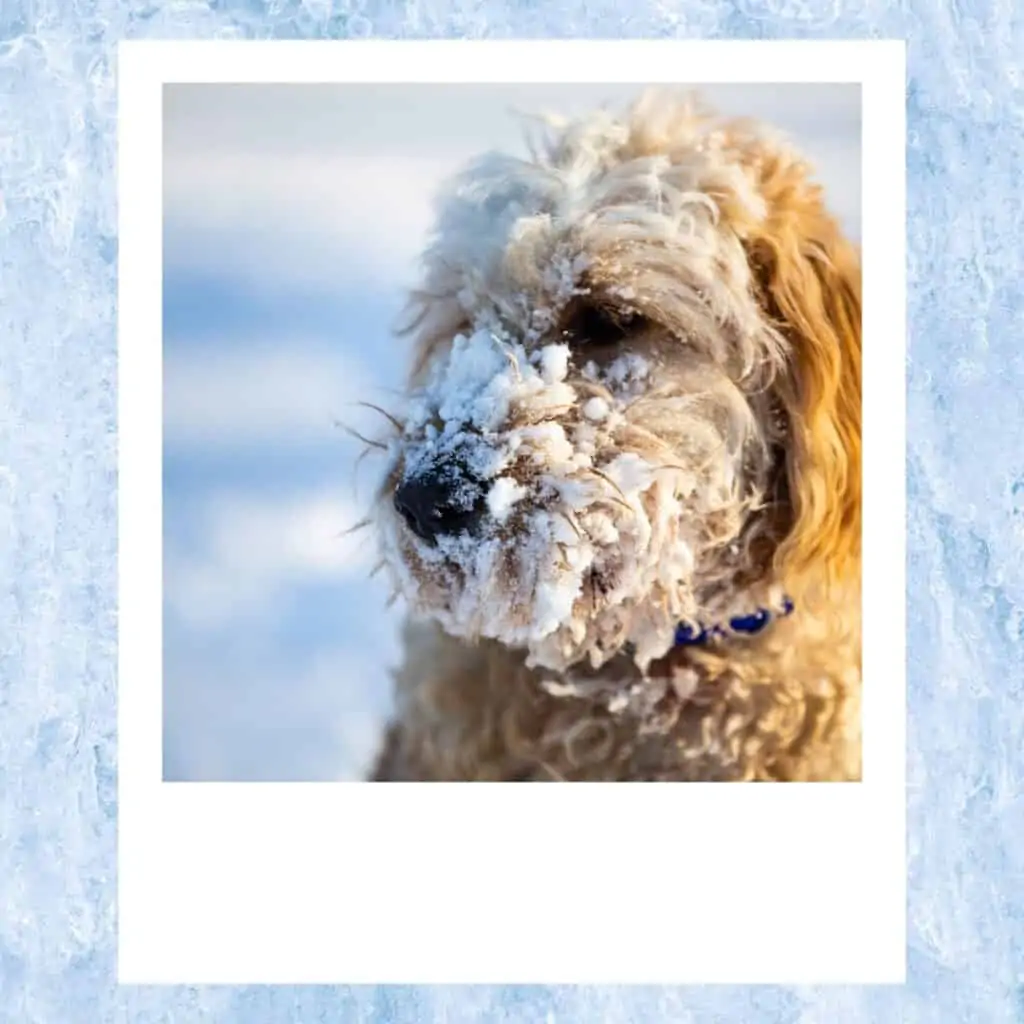
Since signs of reactivity in dogs resemble close behaviors of that of an aggressive dog, the only way to tell if your dog is reactive is to find the primary cause for their actions.
Some causes include:
- PTSD – Owning a rescue or a previously abused dog
- Genetic Predisposition – A personality trait bred down by their ancestors
- Physical Discomfort – Hip or elbow dysplasia will make a dog tenser and feel threatened due to their inability to defend themselves
- Development – Improper care, training, and socialization starting as a puppy
While it can be difficult to diagnose your dog with reactivity, a starting point to assess their behaviors is by making a list of their triggers and attitude.
Bringing your behavior list to the vet will help the veterinarian to understand a better diagnosis and treatment plan.
In most cases, a reactive dog stems from improper socialization and training.
If your dog is diagnosed reactive, the best way to reverse the behavior is to undergo professional basic training commands and introduce stimuli little by little.
How to Desensitize a Reactive Dog
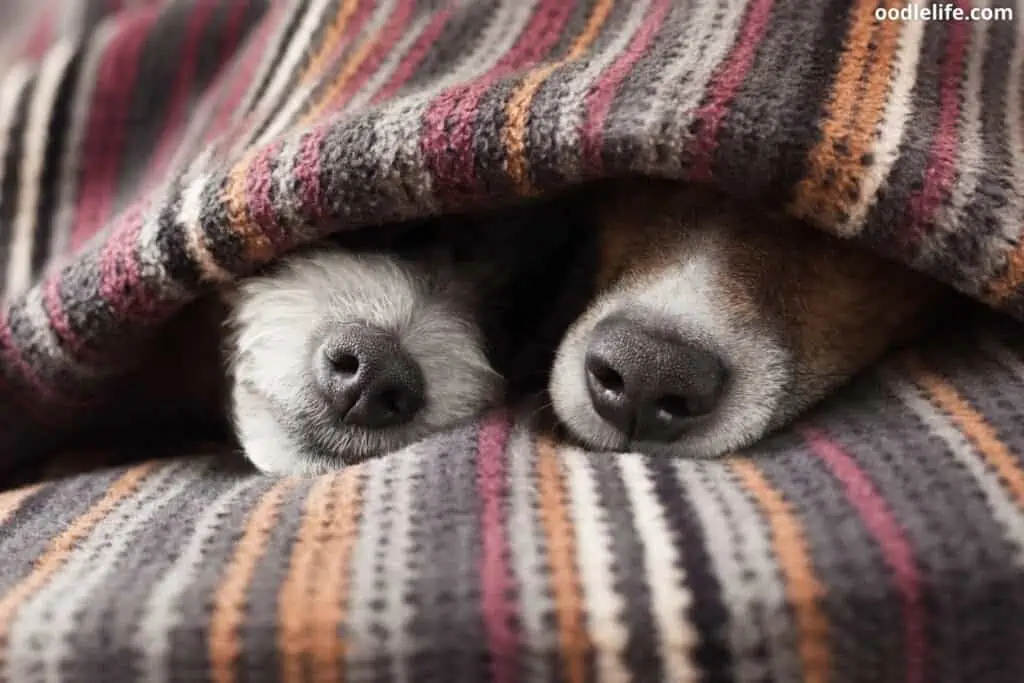
Firstly, what you need to do is find your dog’s triggers. Is it the doorbell? Is it the leash? Is it other dogs? Maybe it’s a certain tone of voice. After spotting a trigger, you can work with desensitizing your dog to that object.
For example, if the doorbell gets your dog to react every time, have someone ring the doorbell, then walk away. Open the door and show your dog no one is there. Repeat this process until your dog stops barking or becoming alarmed at the sound of the doorbell.
Ensure you reward them every time you close the door, and finally after they succeed in not becoming reactive to the sound of the door.
If your dog is reactive towards the leash, you can desensitize them by re-introducing the leash. Put it on them and let them walk around the house. Take it off every time they whine, chew, or scratch at the leash.
When desensitizing, you must start small. Let them sniff the object, play with it, and become aware that it’s on them. Reward and repeat.
How to Calm a Reactive Dog
Once desensitization has run its course with your dog’s triggers, you can move on to the next step, which is creating calm no matter the situation.
Most dogs become reactive or triggered when they go on walks. Teach your dog the U-turn command as a coping mechanism.
Let’s say you’re on a walk and you see a dog across the street. Knowing that’s a trigger for your dog, the goal is to turn them around before the reactive behavior starts.
Other tips to include for avoiding reactive behavior are:
- Use blockers such as a cloth to put over their eyes, or a piece of cardboard in emergencies
- Know your dog’s body language (where does the trigger start?)
- Always have an escape route or course of changed action in place
- Reward behavior after every milestone
- Teach focus commands
- Continue desensitization
- Always remain calm because your dog will feed off your emotions
Summary – What is a Reactive Dog?
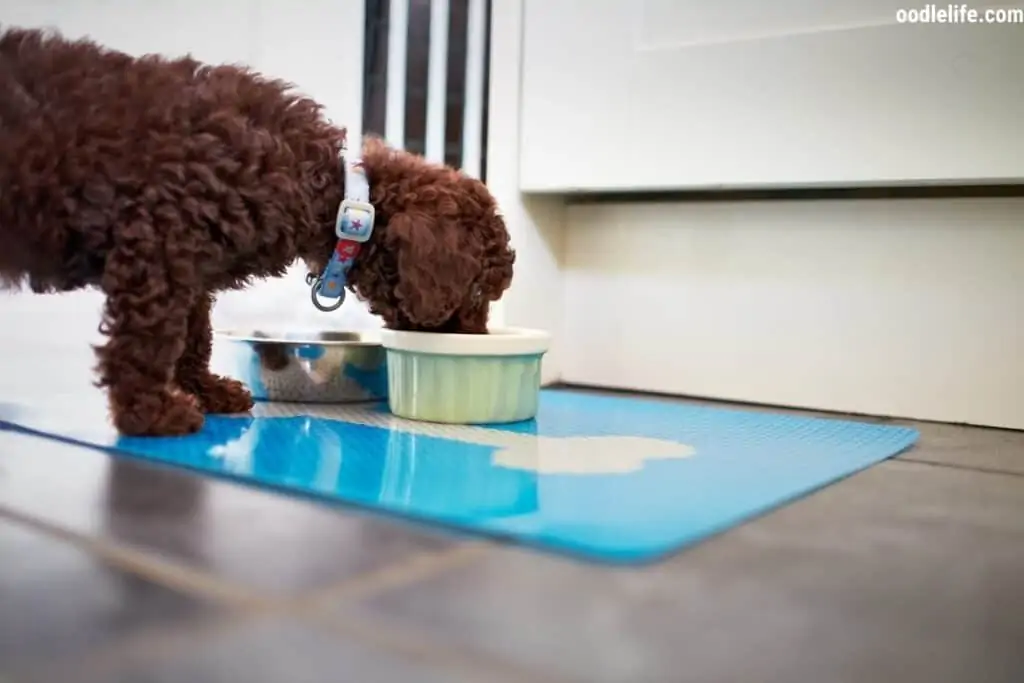
With extensive and long-term training and patience, your dog’s reactive behavior will dissipate little at a time.
The end goal is to focus on managing your dog’s reactive behavior rather than scolding or using punishing methods, as it will make them worse and possibly aggressive.
How you’ll want to manage their behavior depends on the initial cause of your dog’s reactivity.
For example, barrier frustration stems from wanting to greet, see, or get to an object, dog, or person. If you expose your dog little bits at a time, their behavior will slowly decrease, and they’ll act more appropriately in the future.
If your dog has anxious reactions, you’ll need to attend to their anxious behavior by always creating a safe space and environment.